Aegean and Western Turkey Sclerophyllous and Mixed Forests
The ecoregion’s land area is provided in units of 1,000 hectares. The conservation target is the Global Safety Net (GSN1) area for the given ecoregion. The protection level indicates the percentage of the GSN goal that is currently protected on a scale of 0-10. N/A means data is not available at this time.
Bioregion: Aegean Sea & East Mediterranean Mixed Forests (PA18)
Realm: Western Eurasia
Ecoregion Size (1000 ha):
13,375
Ecoregion ID:
785
Conservation Target:
27%
Protection Level:
7
States: Greece, Turkey, Macedonia, Bulgaria
Strewn with shrubs and pines, rocky hillsides tumble down to meet cerulean waters. This intricate coastline fringes the Aegean Sea, which is scattered with many islands and steeped in myths and legends. These lands are still wandered by grey wolf, wild boar, and golden jackal. The shores harbor many important nesting sites for the vulnerable loggerhead marine turtle, and Mediterranean monk seals swim the shallows. Blazing a brilliant red in autumn, oriental sweetgum only grows naturally in these coastal lowlands. This beautiful tree has a high spiritual value: its groves are considered sacred, and its bark is often burned as incense during ceremonies.
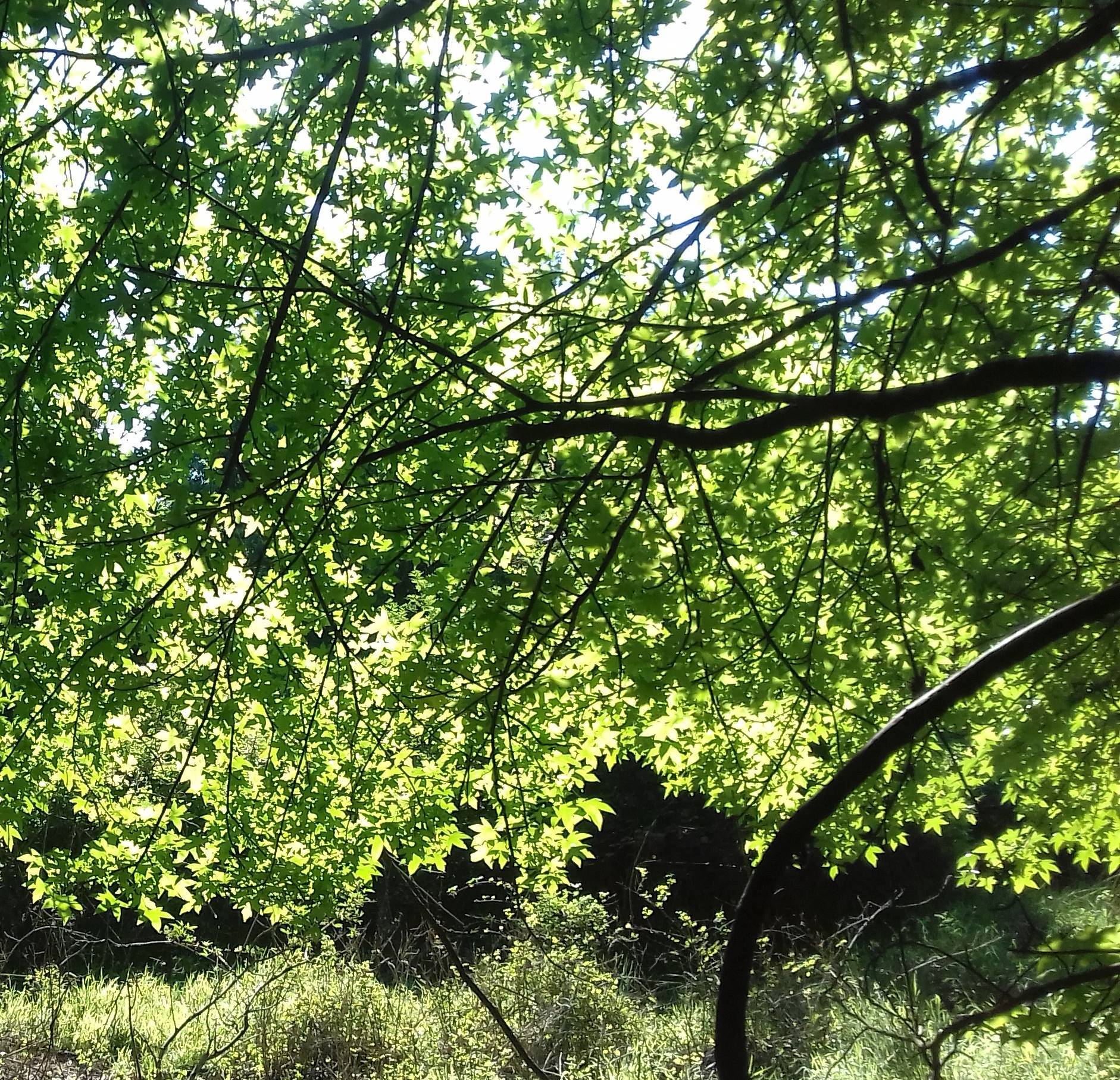
The flagship species of the Aegean and Western Turkey Sclerophyllous and Mixed Forests ecoregion is the Oriental sweetgum. Image credit: Sabi, iNaturalist
This ecoregion stretches mostly across Greece and Western Turkey, reaching into Southeast Macedonia, and the southwesternmost corner of Bulgaria; it encompasses many of the Aegean and Cyclades islands. There is a Mediterranean climate with mild winters and dry summers. Calabrian pine is widespread and grows from sea level up to 800 m, often admixed with Kermes oak, spiny broom, briar root, and Christ’s thorn where it is more degraded.
Maquis is plentiful, composed of dense shrubs such as holm oak, strawberry tree, bay laurel, and weaver’s broom; further south, European olive and carob become more abundant. Northern mountain slopes host humid forests of sweet chestnut, oriental beech, and field maple, whilst south-facing slopes harbour dry forests of Anatolian black pine, Turkey oak, and Aleppo oak.
Endemic oriental sweetgum occurs in scattered patches in Southwest Turkey and the Greek island of Rhodes. The high balsam content of the wood makes it valuable for use medicinally, and as firewood. These trees host distinctive bird communities of common nightingale, olivaceous warbler, and Levant sparrowhawk. Bozpırnal is an endemic oak restricted to coastal regions of Southwest Turkey and a few Aegean islands; it bears sweet, edible acorns that are locally collected for coffee.
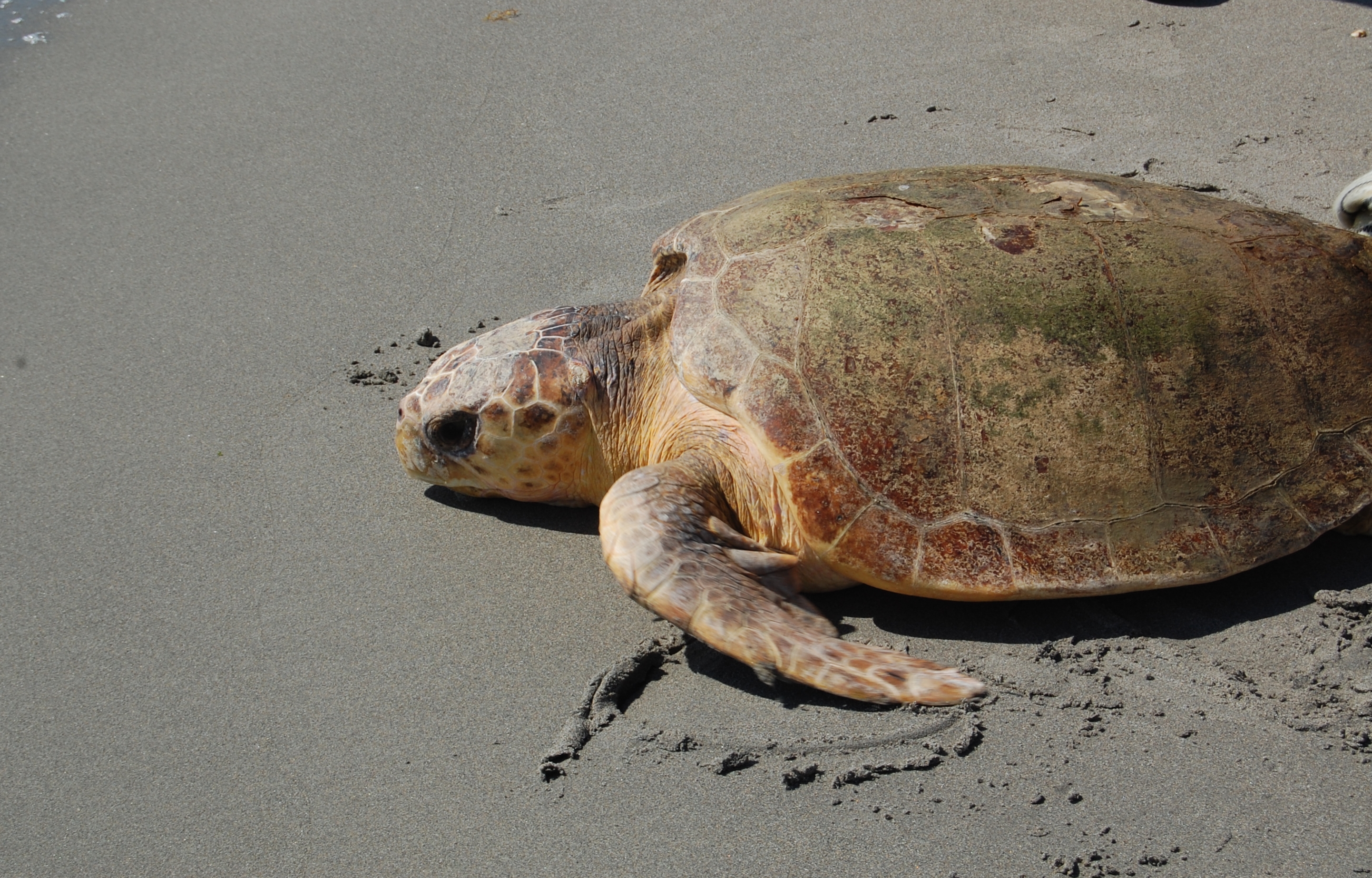
Loggerhead turtle. Image credit: Katie Johnson, Creative Commons
Several endemic reptile and amphibian species are restricted to islands, including Cyclades blunt-nosed viper, Karpathos Lycian salamander, Karpathos frog, and Milos wall lizard, whilst mainland Turkey hosts the endemic Marmaris and Fazil Lycian salamanders. Typical birds of the maquis include Rüppell's warbler, rock bunting, and red-legged patridge, whilst the near-endemic Krüper's nuthatch is an important inhabitant of Calabrian pine.
Much of the original habitat in this region is severely degraded, with human impact dating back to ancient civilizations. Urbanization and conversion to agricultural land has widely replaced forests. Key crops include durum wheat, bread wheat, lentils, chickpeas, and melons, and olive groves, vineyards, and pasturelands are abundant. Farming activities have shaped island landscapes, where dry stone walls, terracing, and large expanses of abandoned farmland are common. Intact habitat is rare, though Turkey’s Datça peninsula is sparsely populated and still relatively undisturbed.
Important protected forests in Greece include Oitis National Park and Parnitha National Park, the latter of which harbors the near endemic Greek fir. Turkey’s Gediz Delta is an important protected wetland, offering sanctuary to red-breasted goose, Mediterranean monk seal, and loggerhead sea turtle.
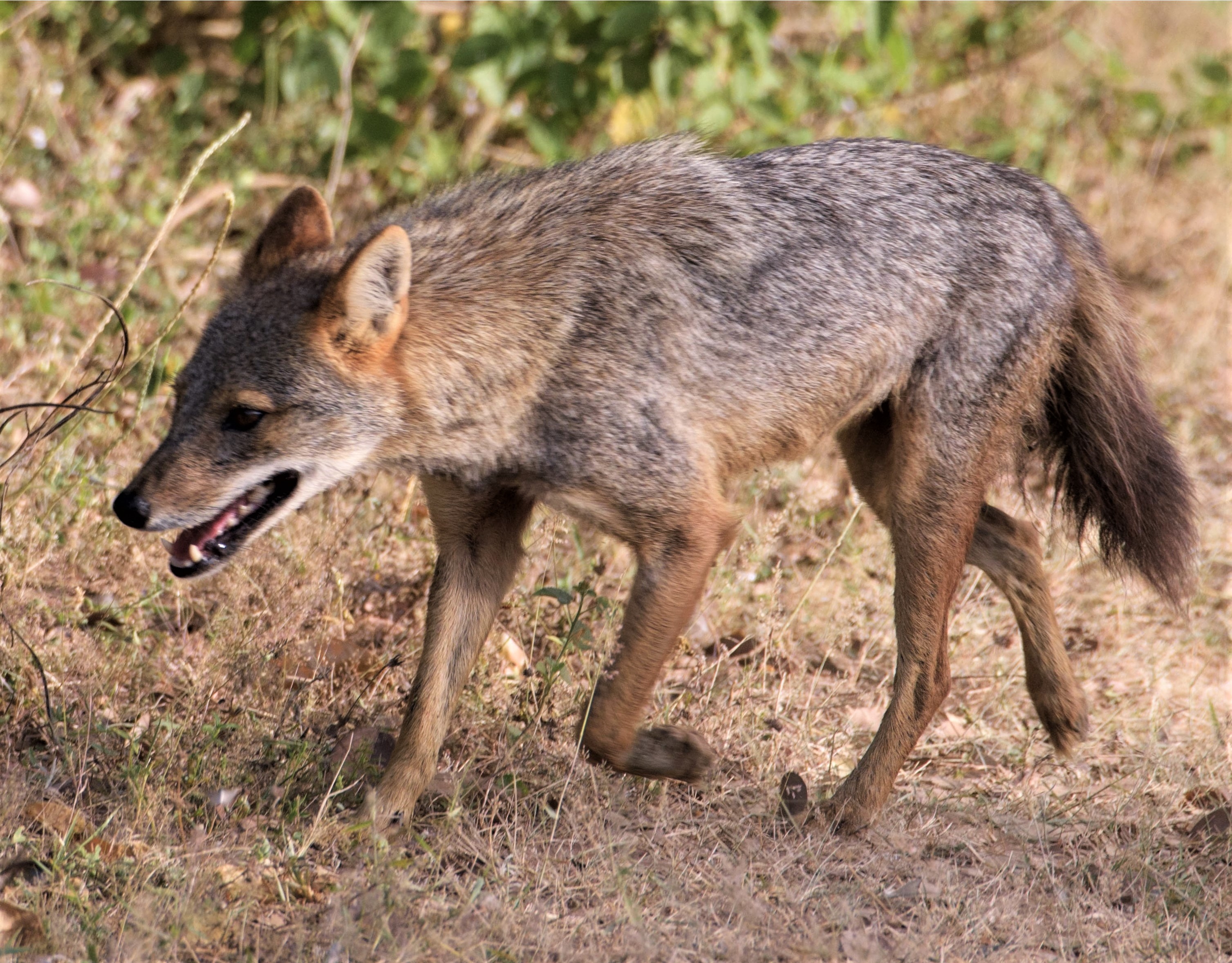
Golden jackal. Image credit: R.M.S. Ratnayake, Creative Commons
Draining of wetlands for urbanization and agriculture has devastated many marshes, lakes, and rivers, and remaining wetlands are often subject to pollution from settlements and industry. Maquis is particularly threatened by frequent fires and uncontrolled grazing. Habitat degradation has recently been exacerbated by mass tourism, including construction of holiday homes and seaside airports; fragile coastal sand dunes are particularly threatened.
Greece has instigated schemes to restore burnt forests that take natural species compositions into account, and is also implementing Mediterranean regional action plans for marine turtles and monk seals. In Turkey, Doğa Okulu has launched a project to promote sustainable living on the Datça Peninsula, whilst the Aegean Institute of Agricultural Research has collected and conserved many seeds of endemic plants.
The priority conservation actions for the next decade will be to: 1) enforce adequate protection and management of wetlands, particularly in Greece; 2) prepare for effective handling of wildfires in light of a changing climate; and 3) ensure protection of remaining intact habitat, preventing loss to new developments.
Citations
1. Hellenic Ministry for the Environment, Physical Planning and Public Works. 2015. Convention on Biological Diversity 5th National Report of Greece.
2. Republic of Turkey Ministry of Forestry and Water Affairs. 2014. UN Convention on Biological Diversity Fifth National Report.
3. WWF. 2018. Southeastern Europe: Along the coastline of Greece and Turkey, stretching into Macedonia. [Online]. [Accessed 3rd August 2019]. Available from: https://www.worldwildlife.org/ecoregions/pa1201
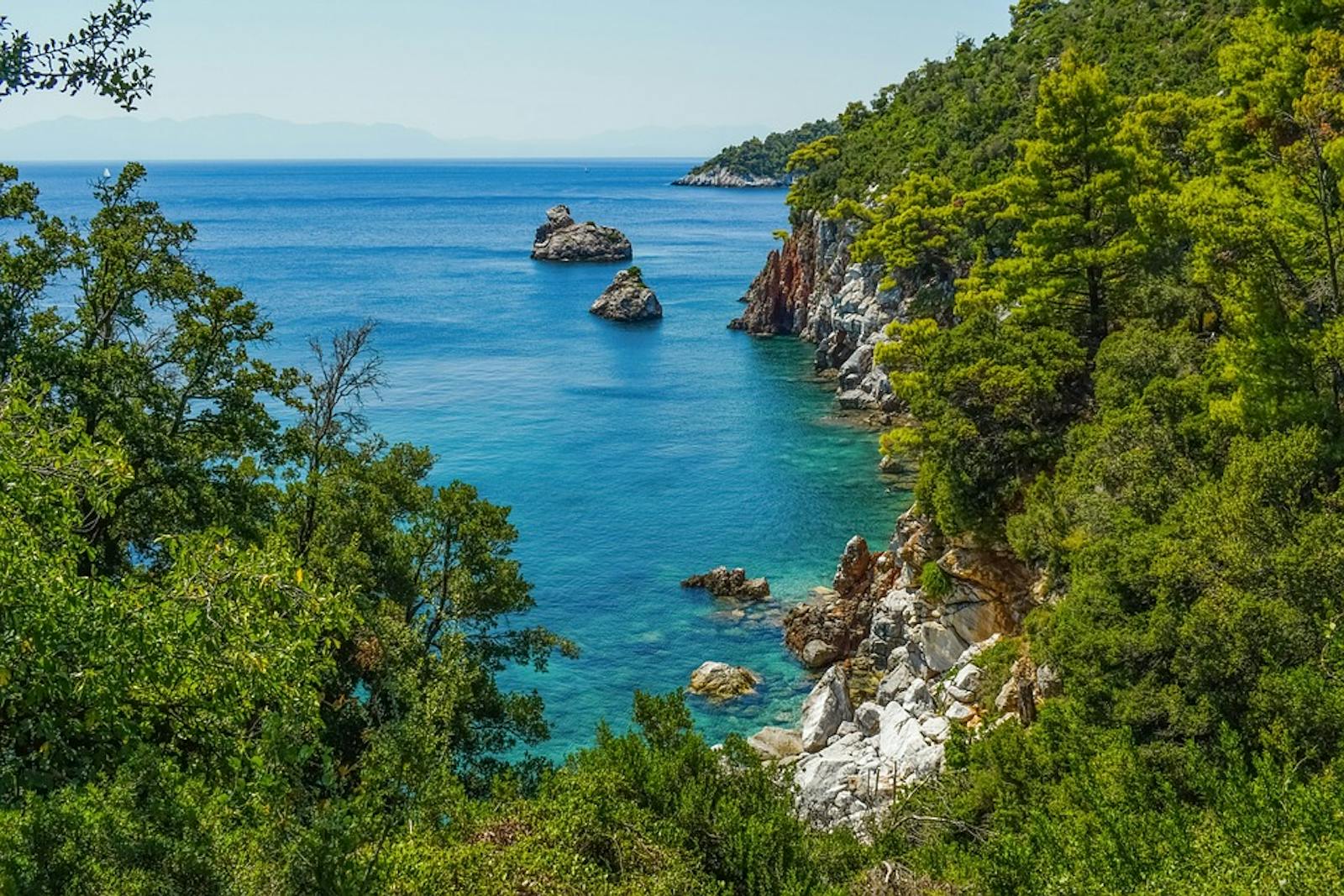
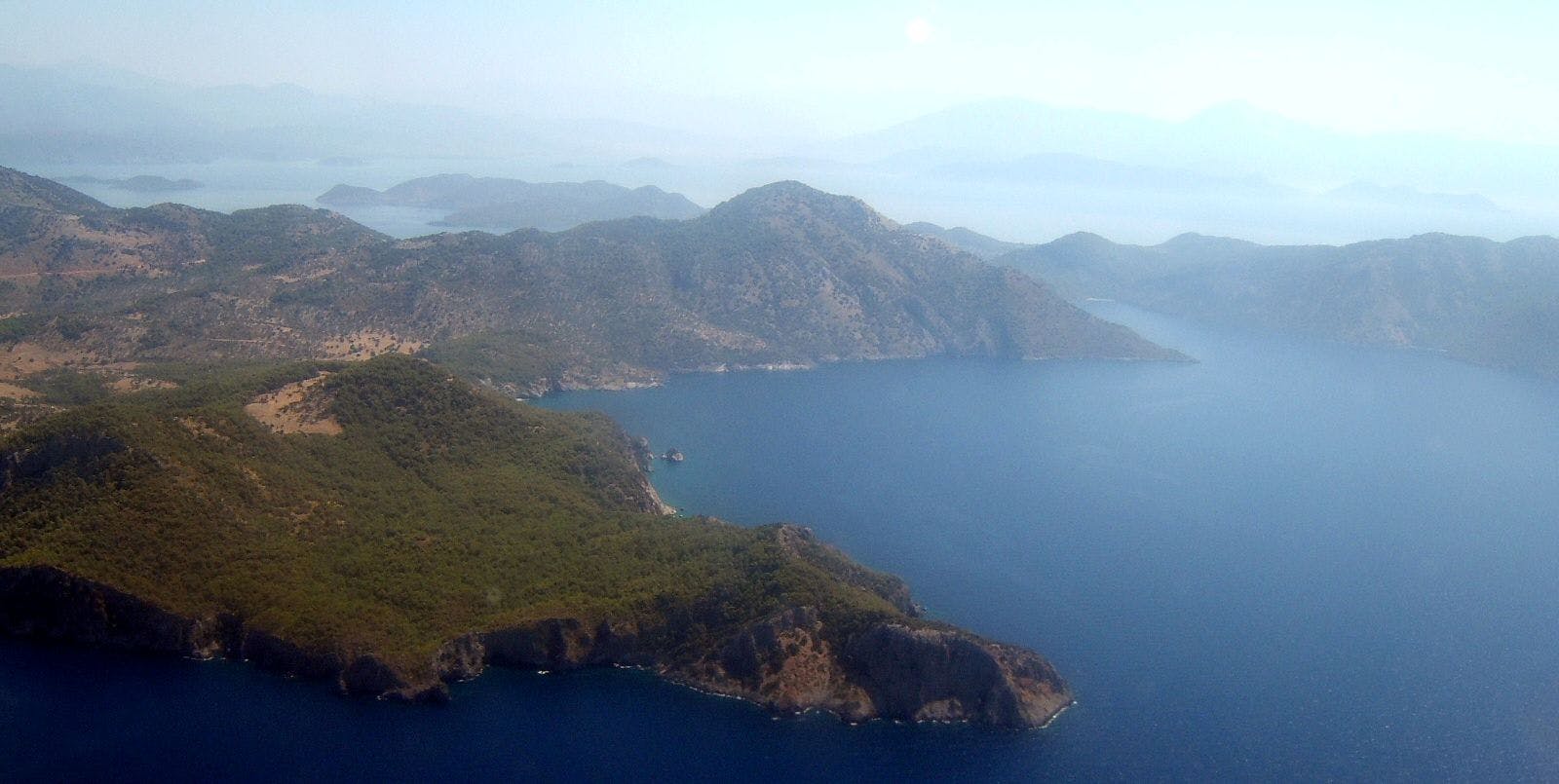
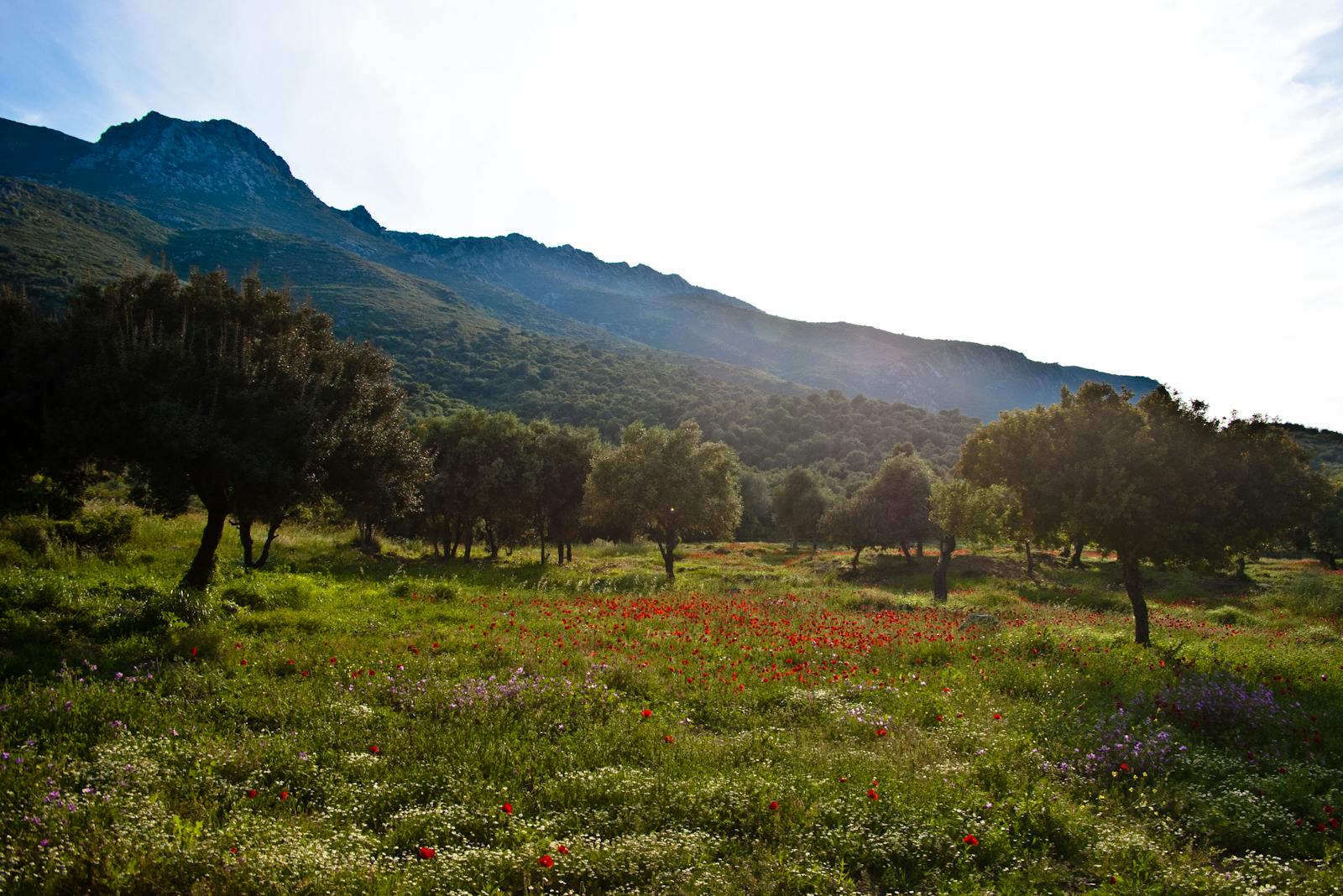
.png?auto=compress%2Cformat&w=300)

